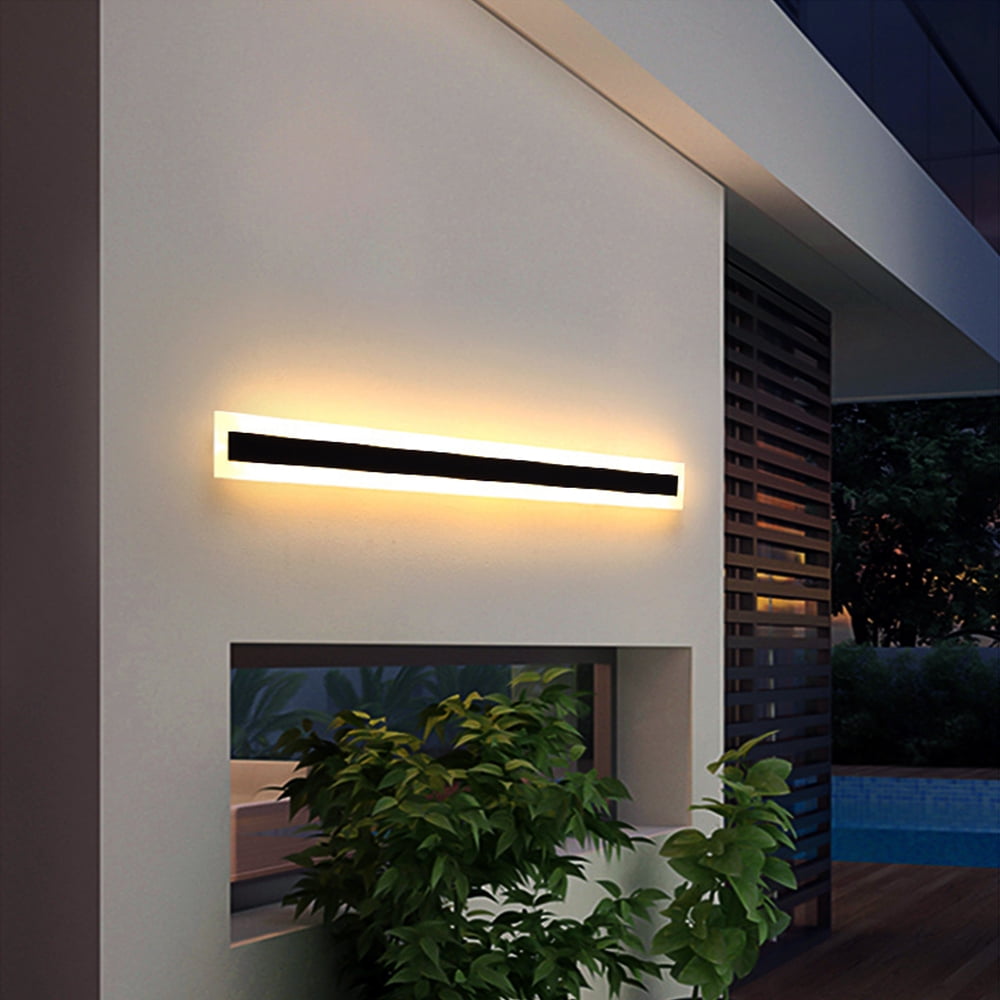Effective Tactics for Addressing Heat Issues in LED Display Panels
Wiki Article
Light Emitting Diode panel panels are progressively popular for multiple uses, including advertising, functions, and electronic displays. However, excess heat is a significant issue that can affect their performance and longevity. When LED panels become too hot, they may decrease in brightness, hue distort, or even fail completely. Grasping the causes and applying efficient strategies to control heat can assist maintain the ideal operation of LED wall screens. This piece will explore several strategies to address overheating issues related with these devices.
One powerful approach for preventing overheating in LED panel screens is guaranteeing adequate ventilation. It is crucial to place these panels in environments where air circulation is sufficient. This can be accomplished by positioning the screens in a properly aired area or using fans to enhance airflow around the devices. Additionally, if the screens are mounted in a tight space, establishing gaps or using air ducts can help release heat more efficiently. Keeping a lower surrounding heat level is vital, as it immediately affects the performance and durability of LED wall panels.
Another way to combat overheating is through the use of heat management materials. These materials can help absorb, dissipate, or redirect heat away from the LED elements. Thermal sinks are frequently used in many digital units, such as LED screens. These metal components draw heat away from the LED diodes, allowing them to operate at a safer heat level. Additionally, heat-conducting compound or pads can be utilized to improve heat transfer between the LED elements and the thermal sinks, further boosting their chilling effectiveness.

Regular maintenance and monitoring of LED panel panels also play a vital role in preventing excess heat. Dirt and grime can build up on the faces of these screens, obstructing airflow and trapping heat. Regular cleaning, using appropriate tools, will keep the panels free from obstructions. Furthermore, monitoring the temperature of the screens can help identify excess heat issues before they become severe. Using temperature sensors can provide valuable data, allowing users to take corrective action if the panels begin to exceed safe operating temperatures.
The implementation of cutting-edge techniques can also help tackle excess heat issues in LED wall screens. Many contemporary LED screens come fitted with built-in heat control systems. These systems can instinctively modify the brightness article of the display based on the heat level, reducing heat generation when necessary. Additionally, program solutions can monitor the performance of the panels and provide alerts if overheating is detected. Incorporating these technologies can considerably improve the longevity and dependability of LED panel screens.
In summary, controlling overheating in LED wall panels is crucial for ensuring their functionality and durability. Applying methods such as ensuring proper airflow, using thermal management substances, performing routine care, and utilizing advanced technology can help reduce excess heat issues. By implementing these proactive steps, users can enjoy the complete advantages of LED panel screens while minimizing the risk of heat-related problems. This method not only improves the performance of the panels but also contributes to a more sustainable and efficient use of technology in multiple uses.